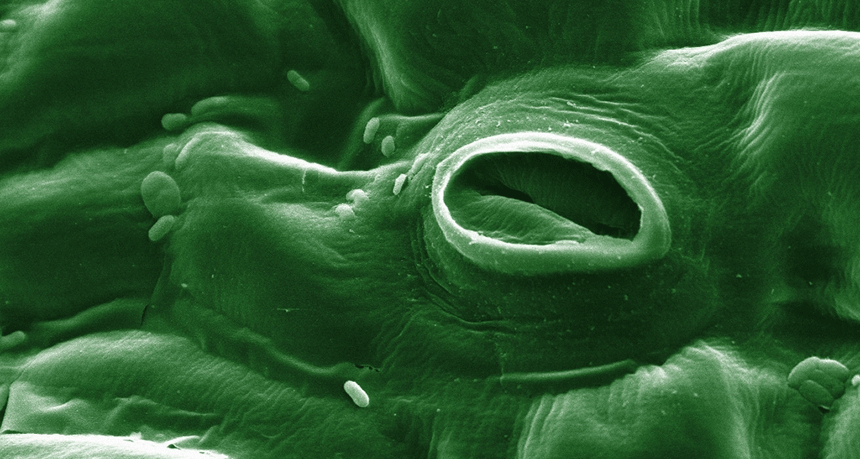carbon The chemical element having the atomic number 6. It is the physical basis of all life on Earth. Carbon exists freely as graphite and diamond. It is an important part of coal, limestone and petroleum, and is capable of self-bonding, chemically, to form an enormous number of chemically, biologically and commercially important molecules.
carbon dioxide (or CO2) A colorless, odorless gas produced by all animals when the oxygen they inhale reacts with the carbon-rich foods that they’ve eaten. Carbon dioxide also is released when organic matter burns (including fossil fuels like oil or gas). Carbon dioxide acts as a greenhouse gas, trapping heat in Earth’s atmosphere. Plants convert carbon dioxide into oxygen during photosynthesis, the process they use to make their own food.
cell The smallest structural and functional unit of an organism. Typically too small to see with the unaided eye, it consists of a watery fluid surrounded by a membrane or wall. Depending on their size, animals are made of anywhere from thousands to trillions of cells. Some organisms, such as yeasts, molds, bacteria and some algae, are composed of only one cell.
condense To become thicker and more dense. This could occur, for instance, when moisture evaporates out of a liquid. Of to change from a gas or a vapor into a liquid. This could occur, for instance, when water molecules in the air join together to become droplets of water.
guttation A process in which water moves up through plants in night, powered by higher water pressure in the plant’s roots. Because the stomata (pores on the leaves) of many plants will close at night, water will attempt to squeeze out at the edges and tips of leaves. When it is successful, that water with gather into one or more tiny droplets.
molecule An electrically neutral group of atoms that represents the smallest possible amount of a chemical compound. Molecules can be made of single types of atoms or of different types. For example, the oxygen in the air is made of two oxygen atoms (O2), but water is made of two hydrogen atoms and one oxygen atom (H2O).
oxygen A gas that makes up about 21 percent of Earth's atmosphere. All animals and many microorganisms need oxygen to fuel their growth (and metabolism).
pore A tiny hole in a surface. On the skin, substances such as oil, water and sweat pass through these openings.
pressure Force applied uniformly over a surface, measured as force per unit of area.
stoma (plural stomata) A tiny opening in the surface of a plant leaf or stem. It allows gases and water vapor to escape. Some plants close their stomata at night. Other plants — those living in very dry areas such as deserts — close them during the day to keep water inside.
water vapor Water in its gaseous state, capable of being suspended in the air.
weather Conditions in the atmosphere at a localized place and a particular time. It is usually described in terms of particular features, such as air pressure, humidity, moisture, any precipitation (rain, snow or ice), temperature and wind speed. Weather constitutes the actual conditions that occur at any time and place. It’s different from climate, which is a description of the conditions that tend to occur in some general region during a particular month or season

